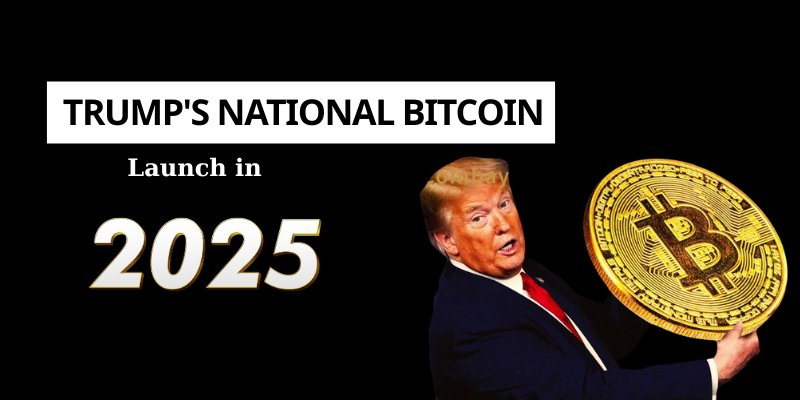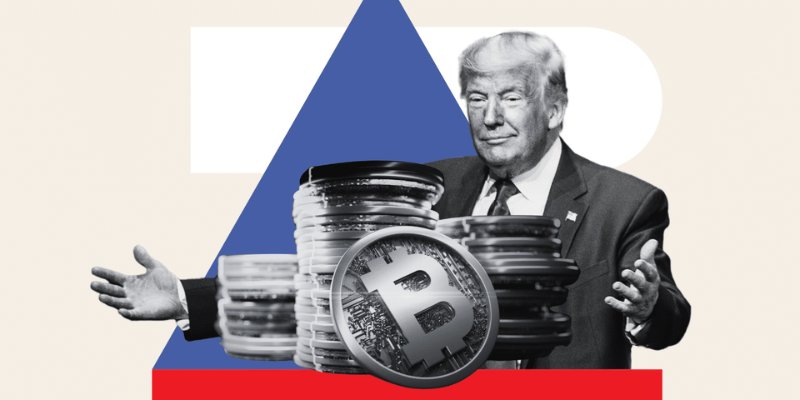Trump’s National Bitcoin Reserve: A New Era for U.S. Digital Assets in 2025
On March 6, 2025, President Donald Trump signed a historic Executive Order establishing the U.S. Strategic Bitcoin Reserve and Digital Asset Reserve. This bold initiative seeks to integrate Bitcoin and digital assets into the country’s financial infrastructure, signifying a monumental step in the world of cryptocurrency.
Contents
The Executive Order: A Game-Changing Policy
The signing of the Executive Order on March 6, 2025, marks a turning point for Bitcoin within the United States. The order formally creates a reserve to hold Bitcoin and other digital assets, beginning with Bitcoin that has been confiscated through criminal and civil legal proceedings.
While some may see this as a limited move, many experts believe it is merely the first phase of a larger strategy that could include a National Bitcoin Reserve Fund, similar in scope and importance to the U.S. Strategic Petroleum Reserve.

The Initial Framework: From Seized Assets to a National Reserve
Initially, the reserve will focus on Bitcoin obtained through the seizure of assets in criminal investigations or civil forfeiture cases. However, many speculate that this is just the beginning of a larger plan. Over time, the reserve could expand to hold Bitcoin that is not seized and possibly include other types of cryptocurrencies. This could pave the way for the establishment of a National Bitcoin Reserve Fund that would play a significant role in the U.S. financial system.
Growth and Expansion Potential
Kalshi, a platform for market predictions, places the probability of the U.S. creating a large-scale National Bitcoin Reserve by 2025 at 50%. This forecast suggests that while the reserve’s full implementation may take time, the groundwork is already in place for its expansion. The reserve would need to operate fully and not just be a public announcement in order to be considered a successful initiative.
Market Reactions and Sentiment Shifts
Market sentiment regarding the National Bitcoin Reserve has been volatile, reflecting the uncertainty and intrigue surrounding the policy. At the start of 2025, the likelihood of the reserve being established was pegged at 57.2%. However, by January 9, that figure dropped to 41.2%. After the signing of the Executive Order in March, the probability soared to 70.6%. As of April 22, it stabilized at 50%, showing the growing public interest and fluctuating expectations regarding the future of U.S. digital asset policy.
Key Steps in Trump’s Bitcoin Policy Journey
Trump’s actions surrounding Bitcoin have been closely watched, and the timeline of his steps is as follows:
-
July 2024: Trump announces his Bitcoin Reserve plan as part of his presidential campaign.
-
November 2024: Trump wins the election and makes commitments to support cryptocurrency within his administration.
-
December 2024: Paul S. Atkins is nominated to head the SEC, signaling a shift toward crypto-friendly regulation.
-
January 2025: A special task force is created to oversee the regulation of digital currencies.
-
March 2025: The Executive Order establishing the Strategic Bitcoin Reserve Fund is signed.

The Strategic Importance and Potential Consequences
The creation of a National Bitcoin Reserve has significant implications:
-
Increased Investor Confidence: A U.S. government-backed reserve could foster trust in Bitcoin and other cryptocurrencies as legitimate financial assets.
-
Regulatory Transparency: This initiative would offer greater regulatory clarity, encouraging institutional investors to participate in the crypto market.
-
Global Leadership: The U.S. could further solidify its position as a leader in the global digital finance space by taking proactive steps toward cryptocurrency integration.
However, the true impact of this initiative will depend on its execution, the political climate, and the responses from other countries to the U.S. government’s move to embrace Bitcoin.
The signing of the Executive Order by President Trump to create a Strategic Bitcoin Reserve represents a pivotal moment in the evolution of U.S. financial policy. If the plan comes to fruition, it could dramatically reshape the landscape of digital assets, positioning Bitcoin as a core asset in the U.S. economy. The path ahead remains uncertain, but this development signals the increasing importance of cryptocurrencies in global financial systems.